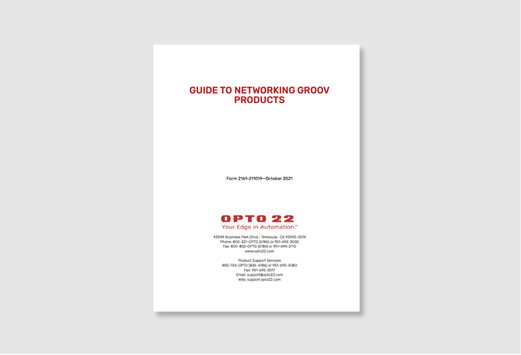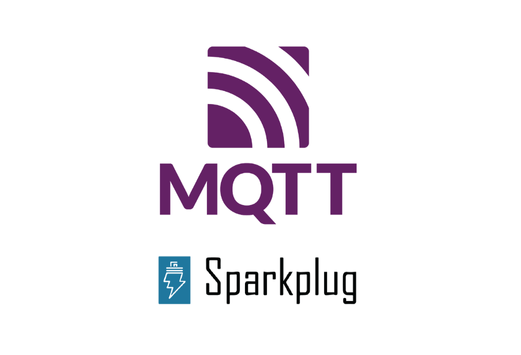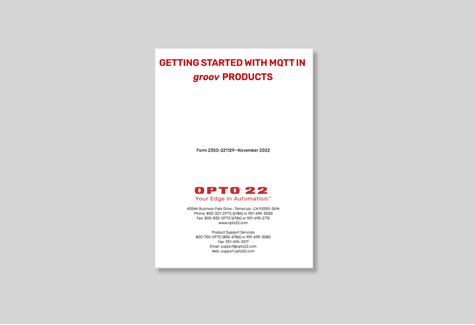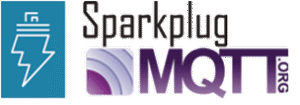
Modernising automation networks with fast, flexible, device-to-cloud communication.
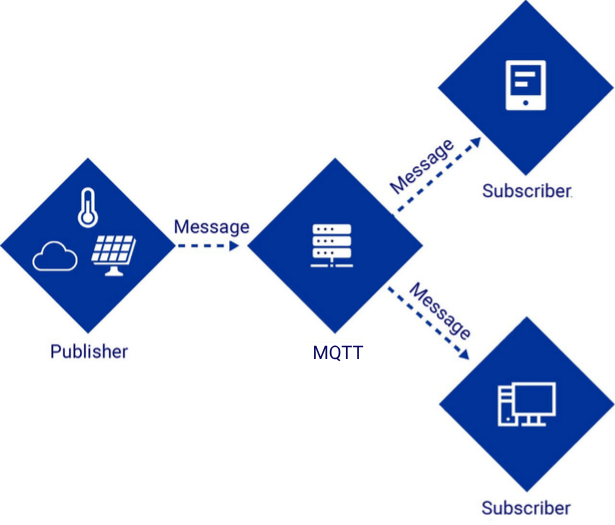
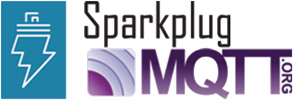

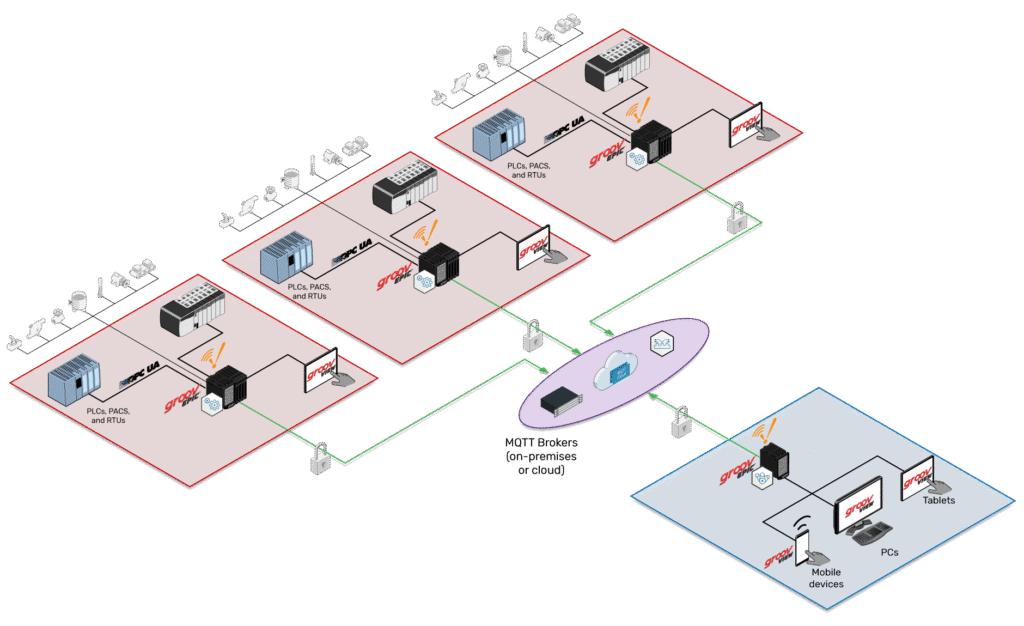
OVERVIEW
What is MQTT?
Benefits
MQTT Benefits
Smarter data. Less bandwidth. Instantly.
Faster, More Reliable Data Delivery
MQTT’s Quality of Service (QoS) levels ensure messages are delivered with the right reliability for your application, from fast-fire updates to guaranteed delivery.
In critical operations where uptime and accuracy matter, this means fewer dropped messages, faster response times, and greater confidence in your system’s performance.
Reduced Network Load and Lower Operating Costs
MQTT uses a lightweight publish/subscribe model that transmits data only when changes occur, drastically reducing bandwidth usage compared to traditional polling methods.
This not only improves performance over unreliable or cellular networks but also helps reduce data charges and infrastructure costs — especially valuable in remote or distributed industrial environments.
Greater Scalability and Flexibility
With MQTT, devices don’t need to know about each other — they simply publish or subscribe to topics.
This decoupling allows you to easily expand your system by adding new sensors, applications, or cloud services without reconfiguring every device, making it ideal for growing industrial systems and future-proof IIoT deployments.
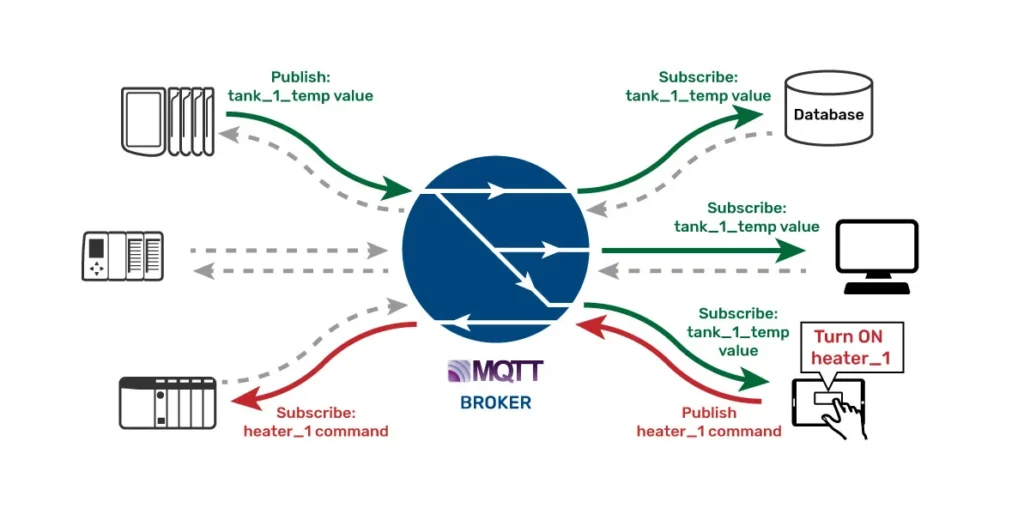
Features
MQTT Features
MQTT is designed for low-bandwidth, high-latency environments — perfect for IIoT and edge devices.
Decouples data producers and consumers, allowing for scalable, flexible communication without direct device-to-device connections.
Supports three QoS levels (0, 1, 2) to ensure reliable message delivery based on the application’s needs.
Ideal for pushing industrial data from groov EPIC or RIO to cloud services like AWS, Azure, or private brokers.
Provides secure communication through SSL/TLS, with options for username/password and certificate-based authentication.
MQTT is an open protocol supported by major platforms, including Opto 22, HiveMQ, Eclipse Mosquitto, AWS IoT, and Azure IoT Hub.
Case Studies
How Rust Automation Connected Over 50 Remote Pump Sites with MQTT
By using groov RIO and MQTT for Scalable, Secure Remote Monitoring.
RESOURCES
MQTT Resources
groov EPIC, groov RIO, MQTT
Guide to Networking groov Products
Discover how to network groov EPIC and RIO — read
Ignition Sparkplug, MQTT, Opto 22
Building Industrial MQTT Networks at Scale With Edge Computing
MQTT is the leading messaging protocol for IoT, but industrial
groov EPIC, groov RIO, MQTT, Opto 22
Getting Started With MQTT In groov Products
Getting started with MQTT on groov EPIC and RIO is
Videos
MQTT Videos
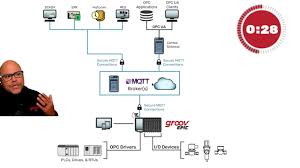
Understand MQTT in One Minute
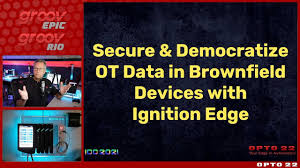
How to Secure Data in Brownfield Devices with Ignition Edge, MQTT, and groov EPIC
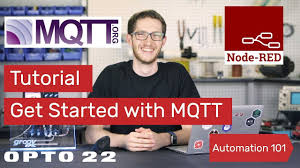
How to Get Started with MQTT

What is an MQTT Broker: Clearly Explained
FAQ
MQTT Frequently Asked Questions
What is MQTT?
The groov RIO M1 and M2 modules offer software-configurable, multi-signal I/O in a compact, industrial form—eliminating the need for custom wiring and multiple I/O cards. With built-in edge processing, dual Ethernet ports, and native protocol support, groov RIO is designed to deploy fast, scale easily, and integrate seamlessly into both traditional and IIoT systems.
Do I need to install MQTT software separately on groov EPIC or RIO?
No. groov EPIC and RIO come with MQTT client functionality built in.
You can configure MQTT directly in groov Manage, or use Node-RED for logic-driven MQTT flows.
Can groov EPIC or RIO publish data directly to the cloud?
Yes. Using MQTT, you can publish data to:
Public cloud brokers (e.g., AWS IoT, Azure IoT Hub, HiveMQ Cloud)
Private brokers (on-premise or remote MQTT servers)
You can securely transmit real-time I/O, tag values, and system health data with minimal bandwidth.
Does Opto 22 support Sparkplug B?
Yes. Both groov EPIC and RIO support MQTT with Sparkplug B — an open standard that adds context and structure to MQTT data, making it ideal for SCADA and IIoT systems. This is supported through:
Ignition Edge (Cirrus Link MQTT Transmission module)
groov EPIC/Node-RED (with appropriate custom nodes)
Can I use MQTT to receive commands or control devices?
Yes. MQTT is bi-directional. groov EPIC and RIO can subscribe to topics to receive control messages or parameter updates, not just publish data.
Ignition Edge (Cirrus Link MQTT Transmission module)
groov EPIC/Node-RED (with appropriate custom nodes)
Is MQTT secure on groov EPIC and RIO?
Yes. Opto 22’s MQTT implementation supports:
TLS encryption
Client authentication (username/password, certificates)
Firewall and port configuration within groov Manage
You stay in full control of what’s exposed and to whom.
Take The Next Step
Connect With a Sales Specialist
Ready to streamline your operations? Connect with a Sales Specialist to explore tailored automation solutions that fit your business needs.
Get Engineering Support With Miltek
Need expert guidance on implementation? Get engineering support with Miltek, our trusted engineering partner for customised automation and integration solutions.

